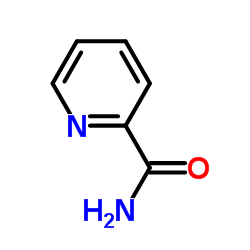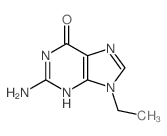| Structure | Name/CAS No. | Articles |
|---|---|---|
 |
PYRIDINE-2-CARBOXAMIDE
CAS:1452-77-3 |
|
 |
9-ethylguanine
CAS:879-08-3 |